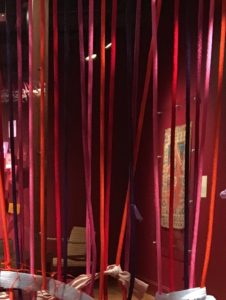
Photos: Mary van Balen
Weaving in progress at the Columbus Museum of Art 12 2017
Originally published in The Catholic Times, December 10, 2017
I looked up the word “advenio” in my old Latin dictionary and found that depending on how it’s used, the verb can mean “to draw near” or “to arrive.” The noun, “adventus” is also translated as either “approach” or “arrival.” The season of Advent encompasses both. We wait. We celebrate what has already come. It’s the “both/and” of our faith. God is coming. God is already here.
During this season, we ponder that mystery and our participation in it. Liturgical readings are one place to start. For example, the first week of Advent is filled with passages from what is often called “First Isaiah” and provides glorious images of the kingdom to come: people from all nations streaming up the mountain of God, desiring to learn and walk in God’s ways; a kingdom where all live together in peace; great feasts where God provides rich food and choice wine for everyone.
Isaiah paints more pictures: justice for the poor and vulnerable, abundant harvests, broad pastures and running streams. He shows us a God who does not judge by appearances and who responds immediately to the people’s cries. These images were proclaimed in an eighth century BCE Judah that bears a resemblance to our current world situation. The Introduction to Isaiah in the Saint Mary’s Press College Study Bible describes the wealthy getting richer at the expense of the poor and nations posturing for war.
Despite the sins of the people, Isaiah’s prophecies of the Holy One’s faithfulness and the eventual arrival of a messianic king provided hope along with the calls for repentance to those who heard them. Isaiah’s words provide hope for us too, reminding us that God is merciful as well as just, and that with Grace, dark times that challenge and demand we heed God’s word will not last forever.
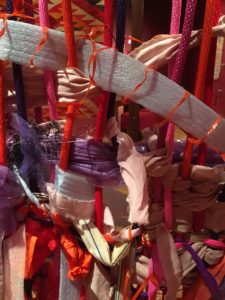
Advent gospels speak of God already come. They tell not only the story of John the Baptist and how Jesus was born into our world through the faith and willingness of a young Jewish girl. They also tell of his public ministry, proclaiming God’s kingdom with words and actions. He healed the sick, confronted those in positons of power, and showed compassion for the poor and struggling. When asked what was most important, he replied it was love—love of God, self, and neighbor.
Jesus was open to surprise, amazed at the deep faith coming not from the Israelites, but from “the other”—a centurion. Echoing Isaiah, Jesus told his followers that they’d be sharing the heavenly banquet with people they mightn’t have expected, coming from east and west.
He relied on others to share in his work. When the huge crowd that had been listening to him for days needed to be fed, Jesus asked first that those present share what they had. Then he blessed it. Before sending his disciples out to spread the good news, he lamented that there was much work to be done and few to do it.
Yes, God is already here, and has been since before time as we know it began. Yet, “God is coming.” The events in our world, far from echoing the visions of Isaiah or the example of Jesus, speak of the need for this coming. The poor and vulnerable, so close to Jesus’ heart, are still abused and overlooked by those grasping for power and wealth. Nations continue to prepare for and to wage war. We are far from beating swords into plowshares.
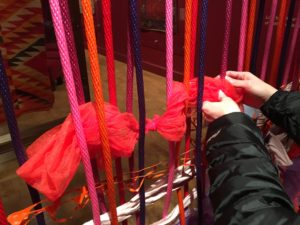
Jesus knew that being faithful to the commandment of love can bring suffering and death in a world unwilling to accept it. After his death and resurrection, he sent the Spirit who dwells within each of us and in every bit of creation. We are part of the “both/and,” the coming” and the “already here.”
How do we live in the tension of this mystery? How do we join in God’s work today? How do we live in dark times and still have both faith in God-with-us and hope in God- to-come? Perhaps, during Advent we can take quiet time to listen for the Spirit that lives in our hearts. To become aware of our part giving birth to that bit of divinity that has been shared with us and that the world sorely needs. We are not only graced with the Presence of God with us, we are called to do our part in birthing the God who is yet to come.
© 2017 Mary van Balen
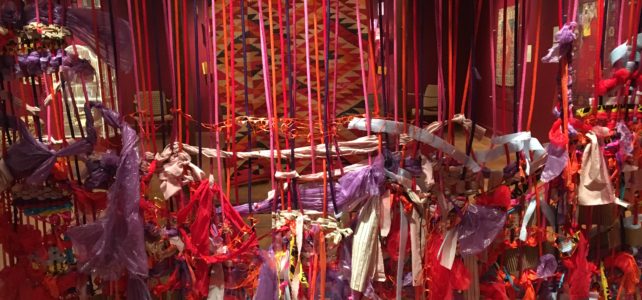
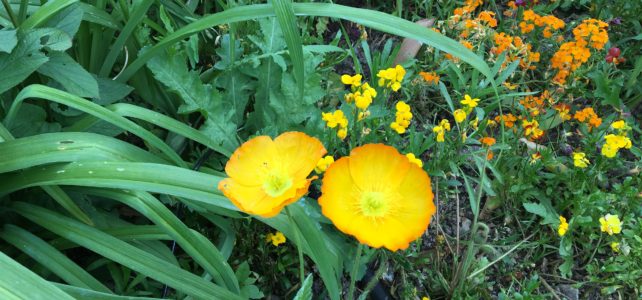
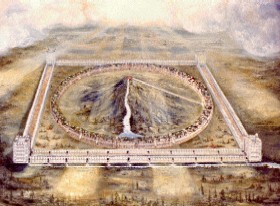

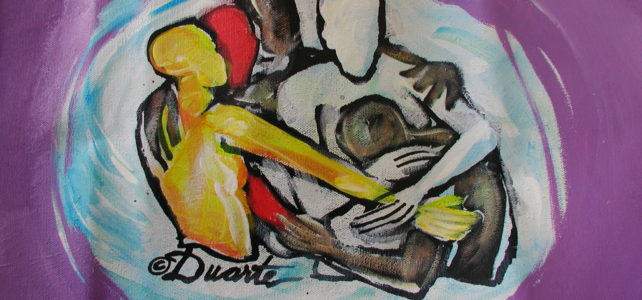
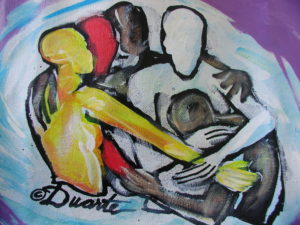
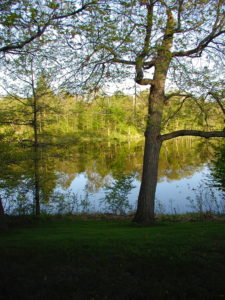
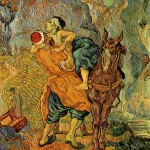
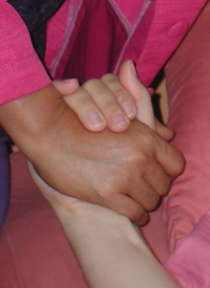 I heard him say that whatever we do to the least among us, we do to him. And when it came right down to it, when someone asked him what was most important, he had two things to say: Love God. Love your neighbor as yourself.
I heard him say that whatever we do to the least among us, we do to him. And when it came right down to it, when someone asked him what was most important, he had two things to say: Love God. Love your neighbor as yourself.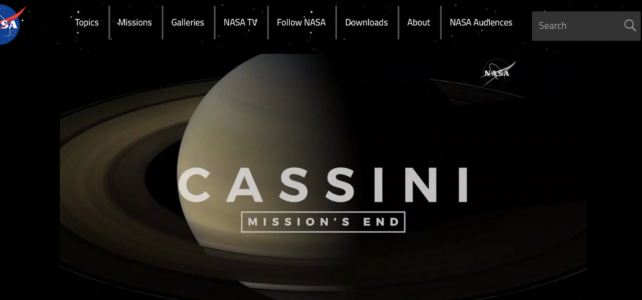
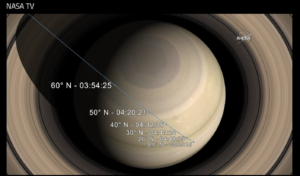

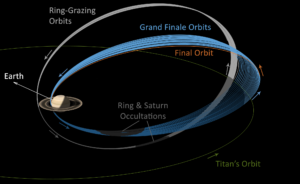

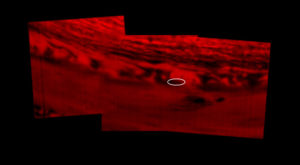
 My response is gratitude for those who have worked so long and hard to provide it. And to bend my knee before the One who creates it. I join with the ancient psalmist in prayer: The heavens proclaim the glory of God/and the firmament shows forth the work of his hands./Day unto day takes up the story/and night unto night makes know the message./ No speech, no word, no voice is heard/yet their span goes forth through all the earth,/their words to the utmost bounds of the world.
My response is gratitude for those who have worked so long and hard to provide it. And to bend my knee before the One who creates it. I join with the ancient psalmist in prayer: The heavens proclaim the glory of God/and the firmament shows forth the work of his hands./Day unto day takes up the story/and night unto night makes know the message./ No speech, no word, no voice is heard/yet their span goes forth through all the earth,/their words to the utmost bounds of the world. 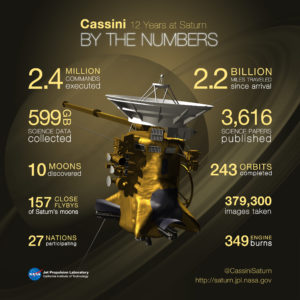
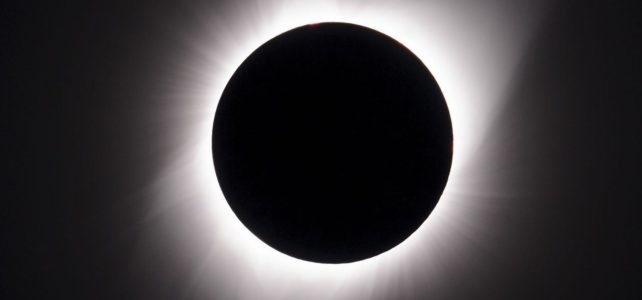
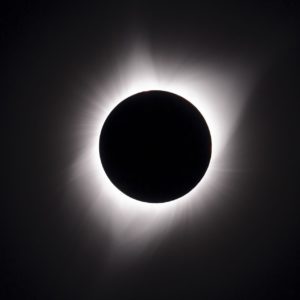
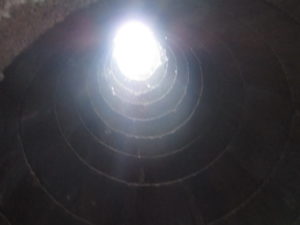
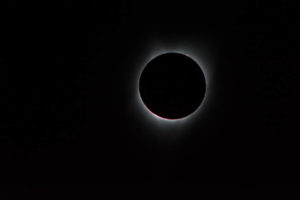
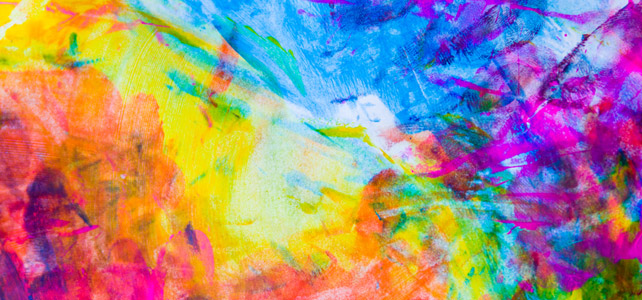

![By Gravure d'Antoine Maurin dit "Maurin l'aîné" (1793-1860) à partir d'un dessin de Louis Janmot (1814-1892) [Public domain], via Wikimedia Commons Pencil drawing of Blessed Fredric Ozanam](http://staging.maryvanbalen.com/wp-content/uploads/2017/09/Frédéric_Ozanam_2-220x300.jpg)
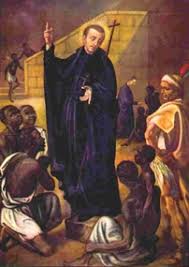
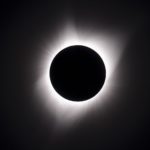
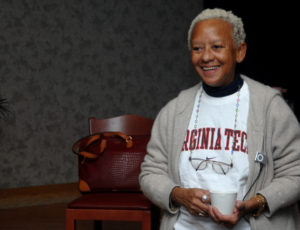
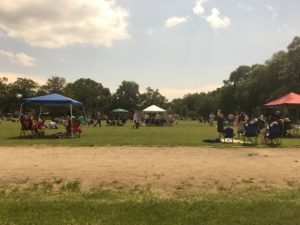
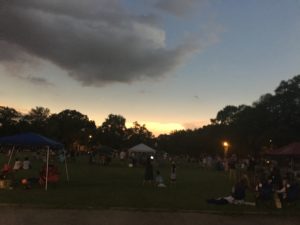
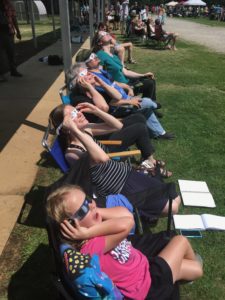
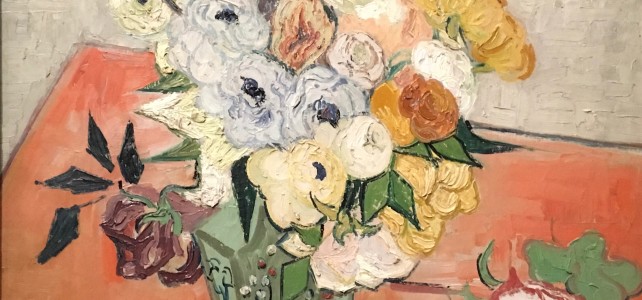
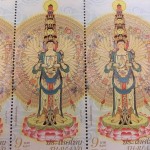
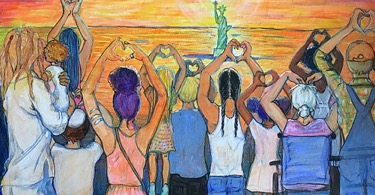
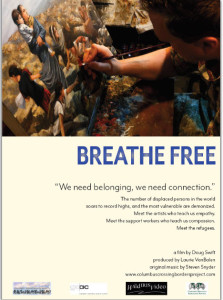
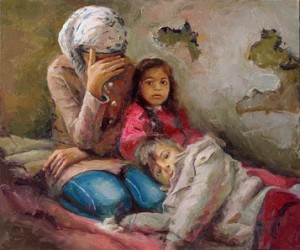
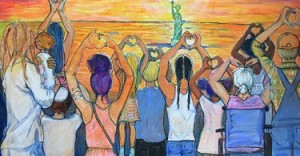
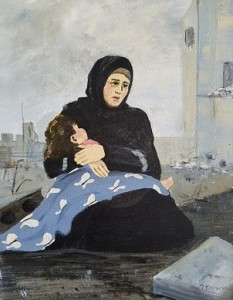
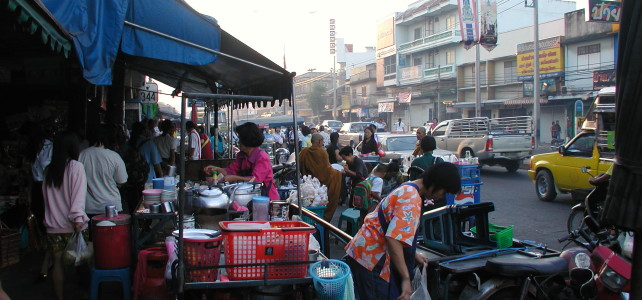
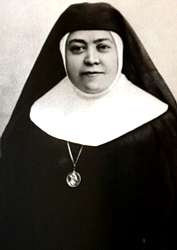 Originally published in The Catholic Times Aug. 13, 2017
Originally published in The Catholic Times Aug. 13, 2017